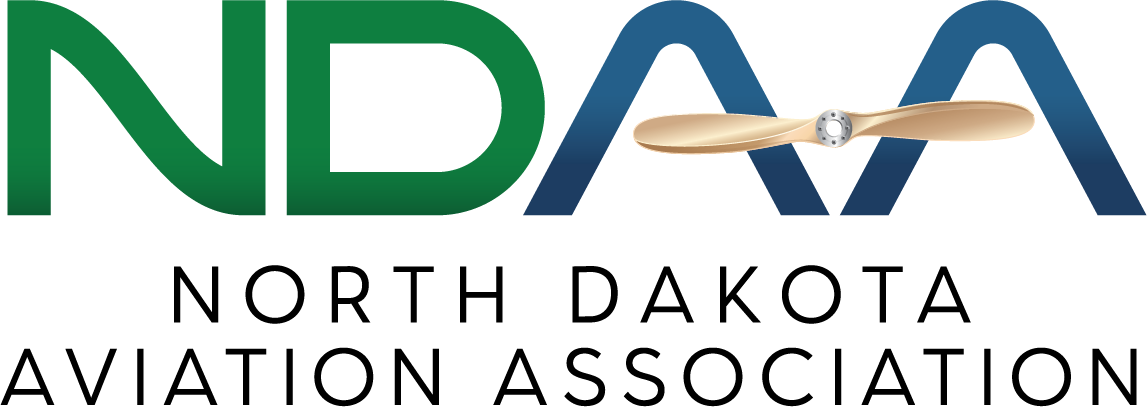
This year has been full of challenges in our private lives, professional lives, and in getting out to the airport. For many of us, flying is something we fell in love with at an early age. Then maybe we got married, raised a family, built our professional lives and it hit us- I haven’t flown since I was 19 years old. Maybe it’s time I start flying again! You went out to the airport and with some effort, you and your flight instructor got you and your skills back to a safe level which allowed you to enjoy flying once again.
If you remember, it took time to get you back up to speed. This included 8-10 hours of ground school and self study along with three or four hours of flight training. And if you were giving it all, you took to the skies once again at the Private Pilot level, building that confidence back with every flight.
Unlike the 20 year break from long ago, this past year has grounded many of us for reasons I need not explain.
I have been working with our colleagues at NASA and the Aviation Safety Reporting System (ASRS) program, reviewing reported flight proficiency issues. What we discovered should be of concern to all pilots. As you know, the NASA reporting system, or ASRS as it is now called, was designed to allow airmen to report non-regulatory events while operating in the National Airspace System. Report after report from professional and General Aviation pilots alike have been stating proficiency was a contributing factor for their report, reflecting a myriad of challenges found in the cockpit due to the COVID-19 shut down.
So, if the professional pilots in the system who are active in a training program are reporting proficiency or skill issues, how has this shutdown been affecting the pilots who do not usually train in our system? Concerns have surfaced nationally, pointing towards a lack of proficient and sometimes borderline competent pilots.
How do we fix this? During these times of lapse in maintaining our aviator skills, the importance of sitting down, refreshing our knowledge, and flight training to brush the dust off those skills should be our path to remaining safe in an aircraft.
Nowadays, all we hear about is getting the face mask on and disinfecting wherever and whenever possible. Keeping your aircraft or rental aircraft disinfected can mean introducing chemicals to the aircraft interior that may be doing more bad than good. I recommend David Tulis’ recent article for AOPA regarding damage by disinfectant.
Placard integrity is generally subject to exposure to sunlight, can become fragile due to age, and may be destroyed by the lightest touch, let alone being cleaned with disinfectant chemicals. Use care when disinfecting your aircraft with alcohol or similar based cleaning products. Be advised that any loss of placard data, no matter how small, may require the attention of an authorized mechanic to correct. Take a moment to review 14 CFR Part 91.9, regarding marking and placarding.
As for you and your passengers, the U.S. Food and Drug Administration (FDA) has published a “Do Not Use List” that includes certain hand sanitizers which have been determined unsafe for use. The FDA has determined that some hand sanitizers on the market contain methanol (also known as methyl alcohol) and other ingredients, which may be toxic when absorbed through the skin. They can cause symptoms such as nausea, vomiting, headaches, blurred vision, seizure, and even death. These products might be labeled as containing ethyl alcohol, but testing by the FDA has determined that they are contaminated with methanol. Methanol and many methanol–containing products are considered hazardous materials for transport purposes and are regulated for transport by aircraft. Under U.S. global Dangerous Goods Regulations, no one may offer, accept, or transport hazardous material not in accordance with applicable requirements. For your protection and the protection of those on your aircraft please take a moment to ask one very important question:
“Are you or your passengers carrying any form of liquid sanitizers in the aircraft?”
Keep in mind that some alcohol based hand sanitizers are very flammable, with flash points in the 70-plus degrees Fairenheit range, which is well below body temperature. This has resulted in occasions of a spark from a cigarette or even static electricity igniting the sanitizer while in use.
So brush up! Consider what you will need to attain proficiency and what you will need to be safe and clean in your aircraft.
WINGS Proficiency Program is a great place to start! Join us today: www.faasafety.gov
Safety is a motivated action which requires attention, skill, and refreshment throughout time.
Fly Safe!
Jay M. Flowers,
Aviation Safety, National FAASTeam ASI, Operations | (701) 226-6283 | jay.m.flowers@faa.gov
